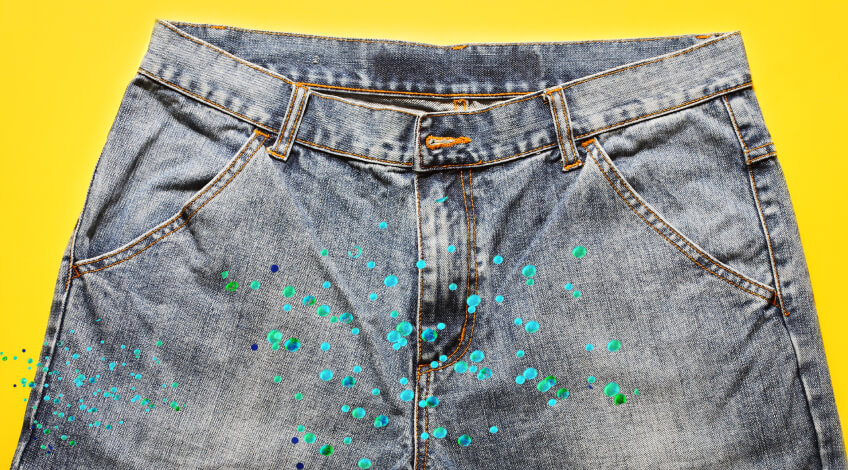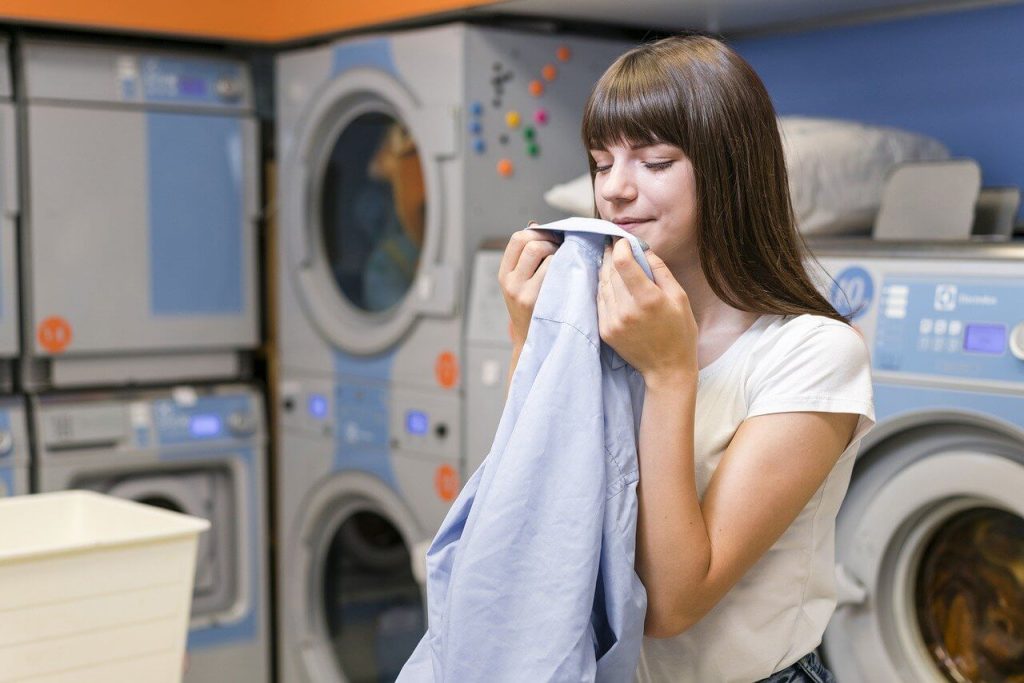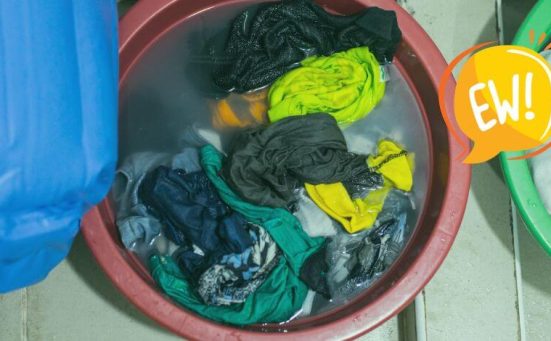
Is It Okay To Run A Washing Machine Empty?
Yes, it’s absolutely okay to run your washing machine empty, and it’s more than just okay – it is a very smart move.
Running an empty cycle, also known as a maintenance or service wash, does wonders for keeping your machine clean, preventing mould, killing bacteria, removing blockages in pipes and vents, and ultimately ensuring your clothes come out squeaky clean!
Let’s get into the benefits and learn more about why this simple practice could be a game-changer for your laundry sessions!
The Benefits Of Running An Empty Cycle On Your Washing Machine
Many argue that running a hot empty cycle is a waste of water and resources, but believe us when we say that the advantages far outweigh the concerns.
The process, often referred to as a service or maintenance wash, involves using the hottest cycle on your washing machine without any laundry. And the benefits? Here you go:
It Kills The Germs In Your Machine
Your washing machine encounters a variety of germs and bacteria with every load of laundry. From dead skin cells to sweat, mud, and hair, it’s a breeding ground for unwanted guests.

Running a hot, empty cycle kills these germs and fungi, which is especially crucial if you frequently use cold washes. After all, most germs and fungi can’t survive extreme heat unless it is around 60°C[1], a temperature readily available in most washing machines.
Though unseen, these germs inside the washing machine can be effectively eliminated with a hot wash, keeping your appliance hygienically clean.
It Makes Your Machine Smell Good
Is your washer smelling foul? That musty smell in your washing machine is a clear sign that mould and germs have made themselves at home.
A monthly maintenance wash can eliminate odours, soften debris stuck in hoses and vents, and combat the foul smell caused by limescale and mineral buildup, which is common in hard water areas.
TIP: Leave the washer’s door ajar between washes to prevent dampness and foul smells.
It Keeps Your Laundry Fresh
A bacteria-infested washing machine can transfer odours to your clothes, defeating the purpose of washing them. Also, soap residue, particularly stubborn with cold washes, can contribute to that mildewy smell.

Wondering how to fix these issues? Running a hot wash cycle removes bacteria, oils, dead skin cells, and other organic matter, ensuring your laundry comes out fresh and clean!
DID YOU KNOW? Using too much detergent is bad for your machine and dryer. Stick to the recommended amount to avoid soap buildup!
SEE ALSO: Liquid vs Powder Detergent For Washing Machines: Which is better?
It Is A Good Move For Testing A New Machine
If you’ve just purchased a new washing machine, running an empty cycle is a necessity.
Doing a service cycle allows you to test for issues, ensuring a smooth and trouble-free washing experience. Many manufacturers even recommend an initial empty cycle to clean out any debris, germs, or dirt that may have accumulated during production or installation.
After all, It’s better to discover a leaking hose before washing a full load!
TIP: Always read your machine’s User Manual for essential information on wash programmes, troubleshooting, and proper maintenance!
SEE ALSO: Do I Need To Run A New Washing Machine Empty First?
How To Run An Empty Cycle On Your Washing Machine
Running an empty cycle is a straightforward process with a great payoff in the end.
What better way to kill germs, remove soap buildup, and keep your machine in tip-top condition, than a hot wash?
Here’s a simple guide to help you make the most of this maintenance practice:
- Check Your User Manual
Different washing machine models may have specific care requirements. Always refer to your user manual to avoid damage or warranty issues. - Cleaning Products (Optional)
While not necessary, adding a cup of white vinegar in the detergent drawer or bicarb soda in the drum enhances the cleaning process. - Choose the Hottest Temperature
Select a temperature of at least 60°C for an effective cleanse, removing odours and eliminating bacteria or fungi. - Extra Rinse Cycle (Optional)
Run an additional rinse cycle to ensure your machine is thoroughly fresh. - Wipe the Drum
After the cycle, use a clean, dry cloth to wipe the drum and any visible parts.
TIP: Schedule a monthly maintenance wash, including cleaning the filter, detergent drawer, and door seal, to keep your washing machine in tip-top shape! Don’t forget to wipe the exterior, especially the control panel, with a damp microfibre cloth!
Extend The Lifespan Of Your Washing Machine!
Running your washing machine empty isn’t just okay – it’s a practice that keeps your machine clean, your laundry fresh, and ensures a more efficient wash every time.
So, don’t hesitate to hit that start button on an empty cycle. Your washing machine and clothes will benefit from a monthly wash you can just do in a short amount of time!
SEE ALSO: Washing Machine Smells Worse After Cleaning? (here’s why & what to do)
Frequently Asked Questions
Yes, running a new washing machine empty is advisable. It helps test for issues and ensures a trouble-free washing experience, as recommended by many manufacturers.
Using too much detergent, neglecting regular maintenance, and ignoring user manual instructions can contribute to ruining a washing machine over time.
To deep clean your washing machine, consult your user manual for model-specific instructions. Generally, run an empty cycle with hot water (60°C or higher), consider using cleaning products like white vinegar or bicarb soda, and wipe the drum and visible parts afterward.
A 40-degree Celsius wash may not effectively kill all bacteria. For thorough bacteria elimination, use a washing machine with a minimum temperature of 60°C during a hot cycle.
If using vinegar for cleaning, you can put a cup of white vinegar in the detergent drawer or directly in the drum when running an empty cycle for enhanced cleaning.
Also, follow us on Pinterest ...



